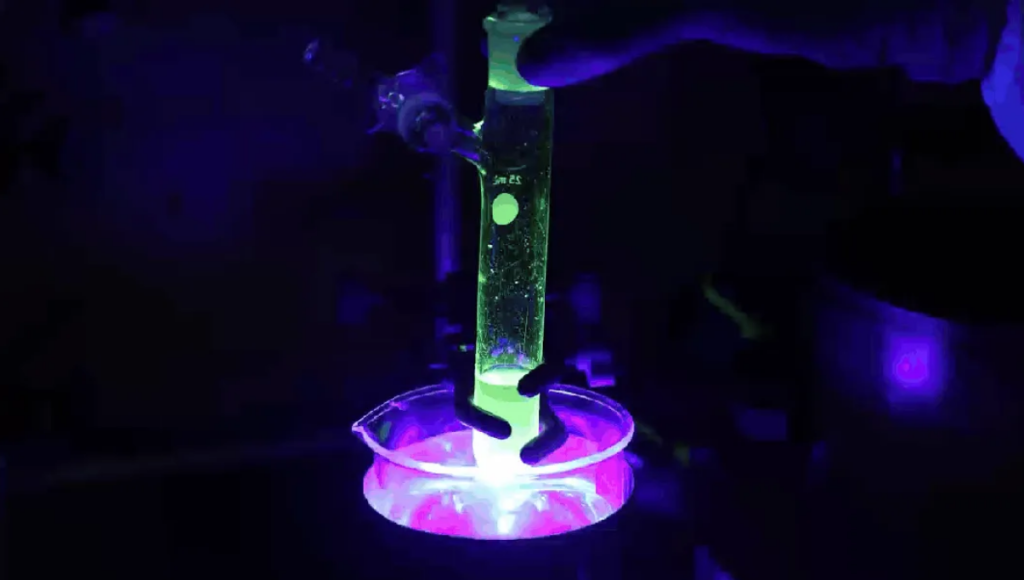November 23, 2024 – A groundbreaking scientific achievement has emerged from the University of Science and Technology of China (USTC), where Professor Kang Yanbiao and his research team have successfully developed a super photoreductant named KQGZ. This innovation enables the efficient degradation of per- and polyfluoroalkyl substances (PFAS), including Teflon, under low-temperature conditions. PFAS, often referred to as “forever chemicals,” are widely used in various industries such as chemicals, electronics, and medical equipment due to their exceptional thermal stability, chemical stability, and hydrophobic properties. However, their difficulty in degrading in the natural environment has led to numerous environmental and health issues.

The disposal of PFAS has long been a challenging problem. Take Teflon as an example; it remains stable at temperatures up to 260°C for years, but when decomposed above 500°C, it releases toxic gases, earning PFAS the notorious title of “environmental killer.” Nevertheless, the research team from USTC, in collaboration with Professor Qu Jianping from Nanjing Tech University, rose to the challenge. They jointly created the KQGZ super organic photoreductant based on a strategy of twist-promoted electron transfer.
According to ColorMasterbatchIndustry.com, the advent of KQGZ marks the first time that complete destruction and defluorination of Teflon and small-molecule PFAS have been achieved under low-temperature conditions (40-60°C). During this process, PFAS are efficiently recovered as inorganic fluoride salts and carbon resources, addressing environmental pollution while enabling resource recycling. Notably, KQGZ is an original photoreductant catalyst independently designed and developed by Chinese scientists, exhibiting broad-spectrum catalytic performance for cleaving strong carbon-heteroatom and heteroatom-heteroatom bonds. In over a hundred reactions tested, KQGZ has demonstrated ideal catalytic effects.
Experimental results indicate that the twisted structure of KQGZ effectively promotes electron transfer, thereby achieving super reduction. This discovery not only provides new insights into the design and development of novel super photoreductants but also brings hope for solving the environmental pollution caused by PFAS. Looking ahead, with the further promotion and application of KQGZ super organic photoreductant, there is reason to believe that the environmental and health issues posed by PFAS will be more effectively addressed.














